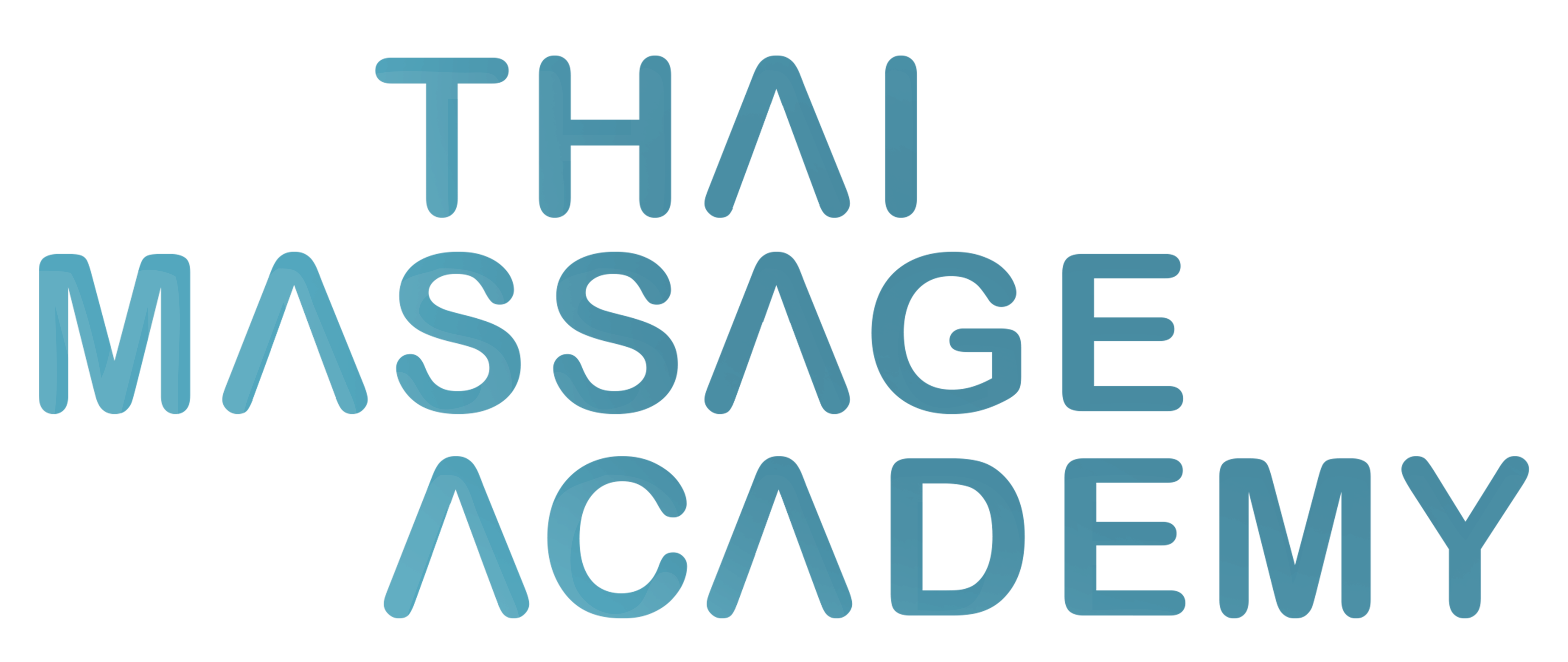The spine, also known as the vertebral column, is a column of bones that extends from the base of the skull to the pelvis. It is made up of 33 bones called vertebrae, which are stacked on top of each other and separated by intervertebral discs. The spine is responsible for supporting the weight of the body and protecting the spinal cord.
The anatomy of the spine includes several structures that work together to allow for movement and support. These structures include:
- The vertebrae: These are the bones that make up the spine. Each vertebra has a body, a neural arch, and several processes (bony projections). The vertebrae are numbered from the top down, with the cervical vertebrae located in the neck, the thoracic vertebrae located in the upper back, the lumbar vertebrae located in the lower back, and the sacrum and coccyx located at the base of the spine.
- The intervertebral discs: These are pads of cartilage that separate the vertebrae and act as shock absorbers. The discs are composed of an outer layer of fibrocartilage and a soft, gel-like inner layer called the nucleus pulposus.
- The facet joints: These are joints that allow for movement between the vertebrae. The facet joints are located on the posterior (back) side of the vertebrae and are lined with a smooth, slippery tissue called articular cartilage.
- The spinal cord: This is a long, thin bundle of nerves that runs through the center of the spine and carries signals to and from the brain. The spinal cord is protected by the vertebrae and is surrounded by cerebrospinal fluid.
- The spinal nerves: These are nerves that branch off from the spinal cord and innervate (supply nerve fibers to) different parts of the body. There are 31 pairs of spinal nerves, which are numbered according to the level of the spine at which they exit.
- The muscles and ligaments of the spine: These are the muscles and ligaments that support and stabilize the spine. The muscles of the spine include the extensor muscles, which help to extend (straighten) the spine, and the flexor muscles, which help to flex (bend) the spine. The ligaments of the spine are strong bands of connective tissue that help to hold the vertebrae and joints in place.
Understanding the anatomy of the spine is important for diagnosing and treating conditions and injuries of the spine, as well as for understanding the structure and function of the vertebral column.



